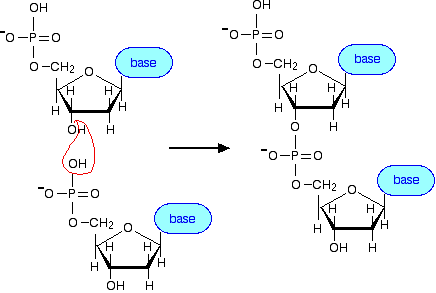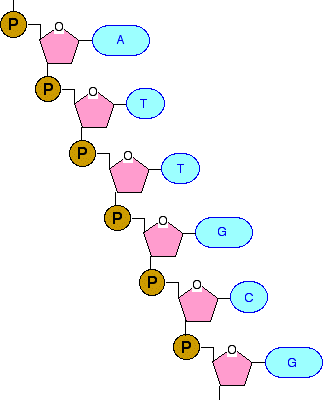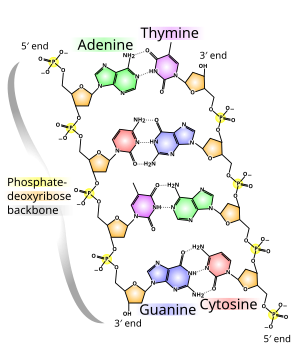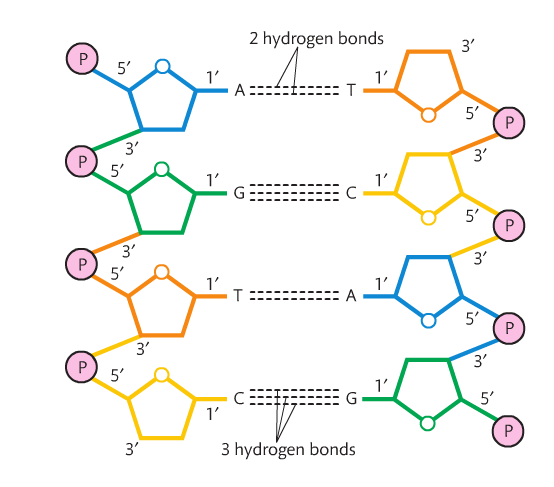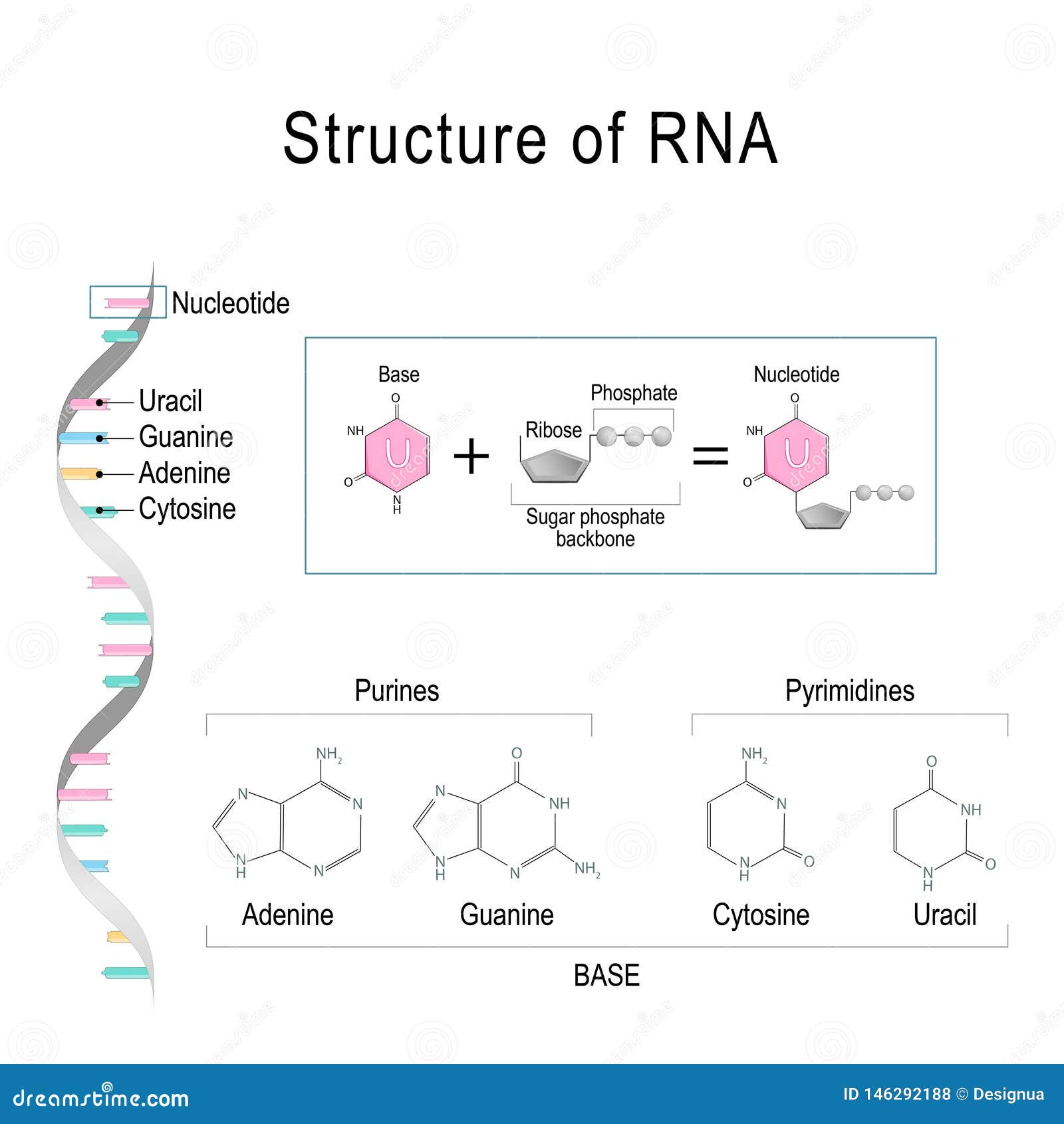Diagram Of Sugar Phosphate Backbone

The sugar in dna is 2 deoxyribose which is a pentose five carbon sugar.
Diagram of sugar phosphate backbone. The strands are anti parellel ie. Dna is a. A phosphate group binds to the 5 carbon of one and 3 carbon of the other neighbouring pentose sugar molecule to make the phosphate diester. The sugarphosphate groups line up in a backbone for each single strand of dna and the nucleotide bases stick out from this backbone.
Free biology and life science resources at your fingertips. 101 has three reactive hydroxyl groups oh of which two are involved in forming sugar phosphate backbone of both dna and rna. Dna is wound into an right handed double helix. This produces an rna molecule from 5 3 an exact copy of the coding strand except that thymines are replaced with uracils and the nucleotides are composed of a ribose 5 carbon sugar where dna has deoxyribose one fewer oxygen atom in its sugar phosphate backbone.
If one strand is 5 gcac 3 the complementary strand must be. The backbone of the dna strand is made from alternating phosphate and sugar residues. The full name of dna deoxyribonucleic acid gives you the name of the sugar present deoxyribose. The phosphate group of one nucleotide bonds covalently with the sugar molecule of the next nucleotide and so on forming a long polymer of nucleotide monomers.
The backbone of dna is based on a repeated pattern of a sugar group and a phosphate group. The sugars are joined together by phosphate groups that form phosphodiester bonds between the third and fifth carbon atoms of adjacent sugar rings. One runs 3 to 5 the other run 5 to 3. Deoxyribose is a modified form of another sugar called ribose.
The bonds or interactions that hold together adjacent nucleotides in the sugar phosphate backbone of dna are. Choose from 132 different sets of sugar phosphate backbone flashcards on quizlet. Each phosphate group contains one negatively charged oxygen atom therefore the entire strand of dna is negatively charged due to repeated phosphate groups. A polynucleotide contains a sugarphosphate backbone where the sugar of one nucleotide binds to the.
Figure 1 diagram showing the sugar phosphate backbone of dna and the nitrogenous bases attached to it forming a nucleotide. The phosphate backbone of dna is negatively charged due to the bonds created between the phosphorous atoms and the oxygen atoms. Only the structural diagram. This is done by the sugar phosphate backbone twisting around itself in a coil.
Im going to give you the structure of that first because you will need it later anyway.







